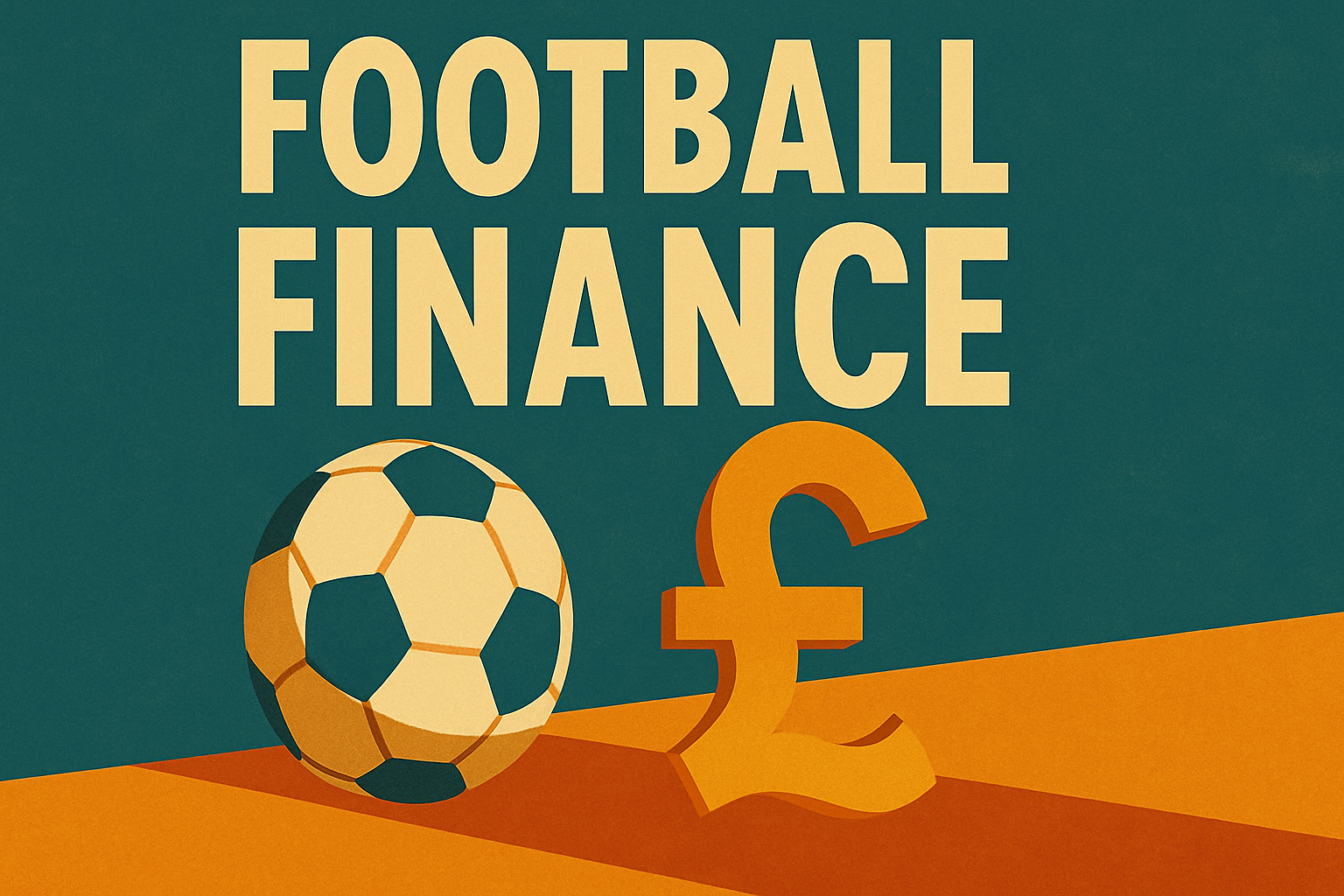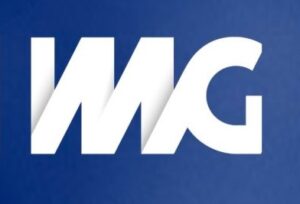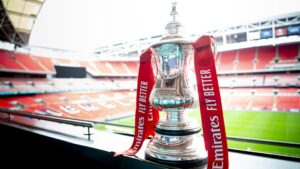The financial state of the club ahead of potential majority shareholding changes
As Southport FC faces the possibility of another change in majority shareholding, the club’s most recent published accounts (to 31 July 2024) provide a clear view of the financial position any prospective new owner might inherit.
It is important to note that these published accounts are effectively a year in arrears. The figures reflect the position at 31 July 2024 not the present day and the financial situation may have changed significantly since then. There is nothing unusual about this timing; football club accounts are not published in real time, and the most recently filed accounts are always for the previous financial year. The 2025 accounts, covering the most recent playing season, will not be due to be filed until spring 2026, in line with standard reporting deadlines.
The 2024 accounts show that while long-term borrowings were significantly reduced after the Big Help Group became majority shareholders in 2023, the club’s overall finances remain under pressure. Long-term debt fell from £274,708 to just £8,794, but this was offset by a sharp rise in short-term borrowings, which increased from £10,861 to £257,693. The club’s total debt remains high at £606,831, with the majority now classified as short-term.
Southport’s cash position also weakened, with just £8,973 held in the bank at the end of the financial year, down from £36,276 the year before. Net current liabilities worsened to £(379,651), indicating the club owed far more in short-term debts than it held in assets at that time.
A review of the club’s accounts over the past decade shows a long-running pattern of financial instability. The latest reported loss of £57,850 for 2024 compares to previous years as follows:
Year – Profit / (Loss)
2014 -£35,582
2015 -£59,628
2016 -£28,589
2017 +£1,007
2018 -£1,050,084
2019 -£580,677
2020 -£31,199
2021 +£82,851
2022 -£137,620
2023 -£280,409
2024 -£57,850
While the 2024 figure is modest in comparison to the crisis years of 2018–19, and a marked improvement on the previous year, it reflects a continued inability to operate profitably on a sustained basis. At the club’s most recent AGM in July 2024, it was stated that the next accounts would show the club as broadly breaking even. While the final reported loss for the year was £57,850, which technically represents a small deficit, that description is not unreasonable given the club’s trading position relative to the levels of loss previously experienced.
We do know, from public comments, that the club’s wage bill increased for the 2024–25 season. However, this has likely been offset to some degree by higher average attendances and improved gate receipts during that same period.
It should also be noted that in the year following the accounting period covered by these accounts, a County Court Judgment (CCJ) of just over £10,000 was granted against Southport Football Club. This information is publicly available and relates to an unpaid debt claim. As of the time of writing, this CCJ remains unsatisfied.
How can the club have over £600,000 of debt but only a £57,850 loss?
Supporters have rightly asked how the club can report such a high total debt while the annual loss figure looks relatively small.
The answer lies in how accounts work:
- The £606,831 total debt is an accumulated figure, built up over several years, including amounts carried forward from earlier financial periods.
- The annual profit or loss only shows the change over that particular 12-month period.
- In 2023–24, the club’s trading activities lost £57,850, which added slightly to the overall debt but did not create it.
- Clubs can continue operating with high debt provided lenders allow repayments to be delayed, cashflow is managed, and new finance or deferred income is secured.
- There is nothing unusual about a business or football club carrying debt, provided it has the means to meet its repayment obligations and continue operating effectively.
Negative net current liabilities, as reported in the latest accounts, do not automatically mean a club is insolvent. It simply highlights that careful cashflow and funding management is essential to continue trading effectively.
Many clubs at National League and National League North level operate with ongoing losses and rely on shareholder funding to bridge the gap between operating costs and income.

The club’s issued share capital remains unchanged at £2,529,505.
At the time of writing, the club’s ownership situation remains unresolved, and supporters continue to await confirmation of whether a takeover will proceed. What is clear from the available records is that any new majority shareholder will inherit a club whose long-term debt was largely cleared, but which now faces an urgent need to manage short-term obligations and cash flow, despite improved attendances last season.
Supporters’ Guide: What the key terms in the Accounts actually mean
Every limited company is duty bound to file their accounts annually at companies house. They are available for download here.

Fixed Assets
The long-term physical assets the club owns, such as the stadium, land, buildings, and equipment. These provide the club with long-term value but are not easily converted into cash.
Current Assets
The short-term resources the club holds that are expected to turn into cash within 12 months. These include stock (e.g. merchandise), money owed to the club (debtors), and cash at the bank.
Net Current Liabilities
This figure shows whether the club has enough current assets to meet its short-term debts. A negative figure indicates the club owes more than it holds in cash and liquid assets at that point in time. It does not automatically mean insolvency.
Total Assets Less Current Liabilities
The combined value of the club’s fixed and current assets, after deducting debts due within 12 months. It gives a broader view of the club’s longer-term financial position.
Net Assets
The total value of the club once all short-term and long-term debts are deducted from its assets. It reflects the club’s overall financial stability at year-end.
Capital and Reserves
This shows the total of share capital invested in the club plus the accumulated profits (or losses) over the years.
Profit and Loss Reserves
The accumulated total of profits or losses from past seasons that have been retained in the club. A negative figure, as Southport has reported in recent years, indicates overall losses over time.
Total Equity
The final “bottom line” of the balance sheet. It shows what would theoretically be left for shareholders if all debts were paid off. A positive figure suggests the club retains value despite any operational challenges.
Editors note: This article is based exclusively on publicly filed financial accounts and verified historical data. No inference is made regarding any ongoing negotiations or individuals involved.
Discover more from Southport Central
Subscribe to get the latest posts sent to your email.

 1 - 3 v FC Halifax Town (H) 11/10/2025
1 - 3 v FC Halifax Town (H) 11/10/2025 




More Stories
The Price Of Saying No
Friday Night Football
Fifty Years On: Counting the Cash, Missing the Moment